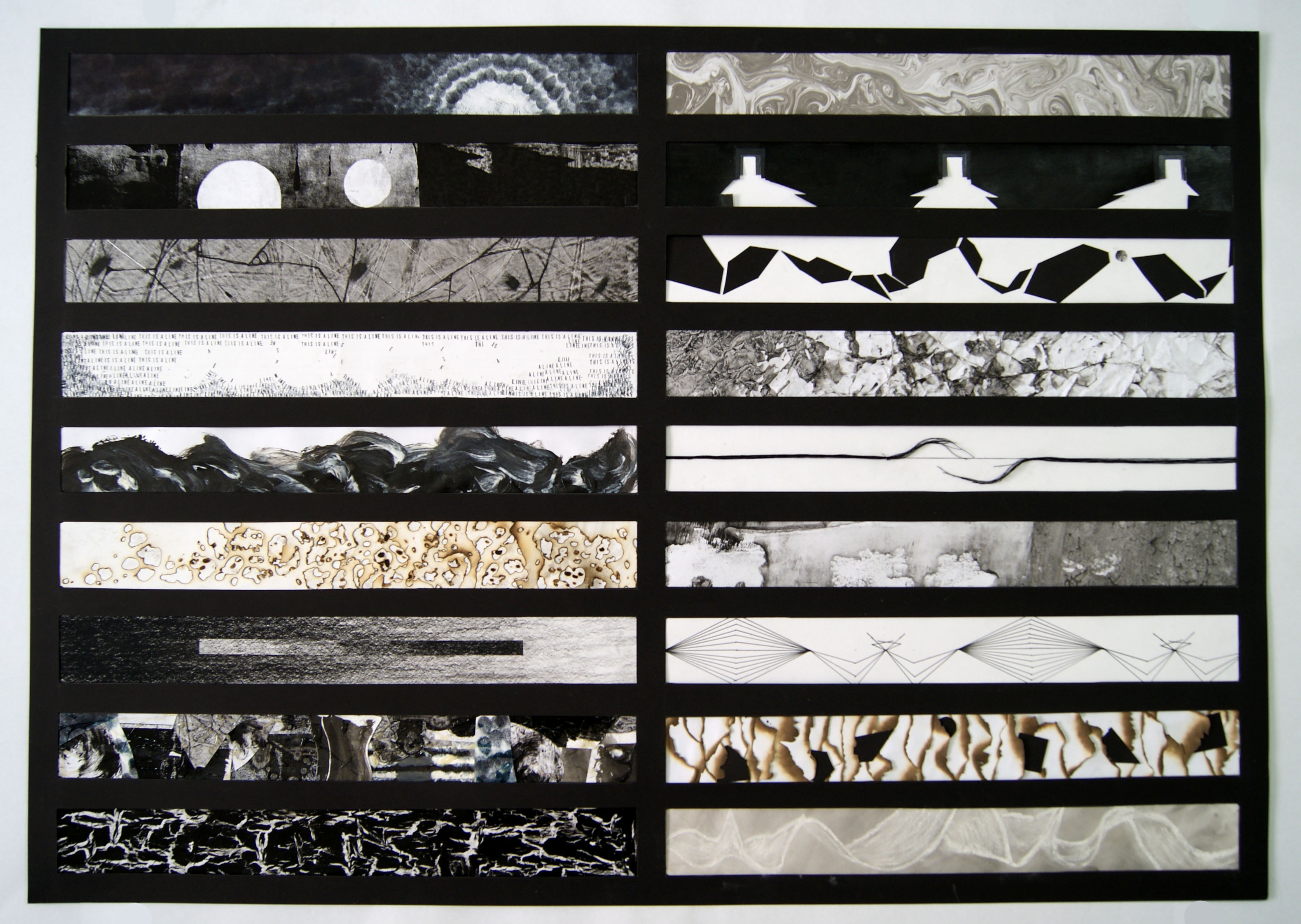Technology distracts me.
There is this intense pull towards procrastination whenever I am on my laptop or computer.
While typing this I have currently 7 active tabs performing their own features to help in my ‘focusing’ and ‘work efficiency.
Not to mention my phone. Social media notifications. So many of them.
Point is, I cannot have technology around when I am doing work.
Not especially when I’m trying to focus on assignments.
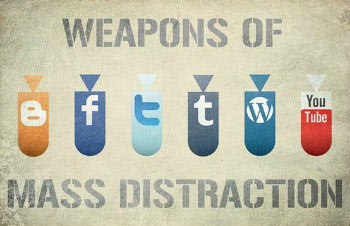
However, I shall attempt to finish my 3 part virtual journal in the ‘shortest time’ possible. Right after replying the Whatsapp message that just came in.
The first part of my virtual journal – Artist Inspirations 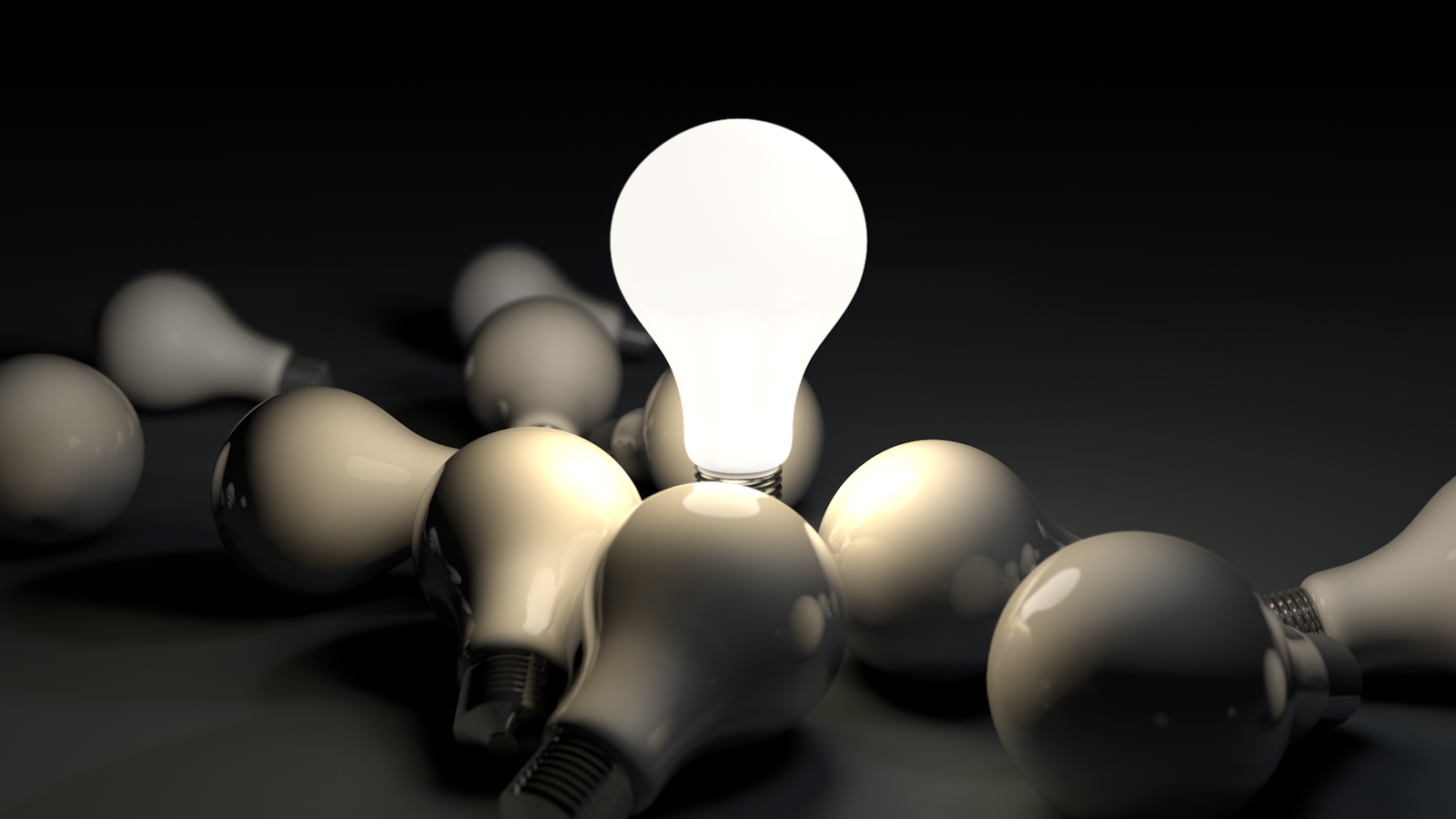
18 Abstract Lines to convey 18 emotions.
Abstract Lines.
Emotions.
THIS IS THE FIRST ASSIGNMENT?!?!?!?!
Really had no idea how to go about this task at the start. I did not know how to create abstract things and do not know how to evoke emotions indirectly through pictures (lines).
My lack of Art lessons in my whole life did not help me either.
Thankfully, we were allowed to look into Artists works and imitate their wor… I mean draw inspiration from them.
New term was then introduced to us: Automatic Techniques.
After trying some of the methods mentioned in the lecture notes (I tried the techniques first before I had some direction on how to go about doing this assignment) I noticed the most relevant things about Automatic Techniques:
TEXTURE
Automatic Techniques gives texture.
They allow the hand made work to come to life, giving it some radical pattern or design that simulates a certain texture, even emotion.
Emotion!
Texture giving emotions!
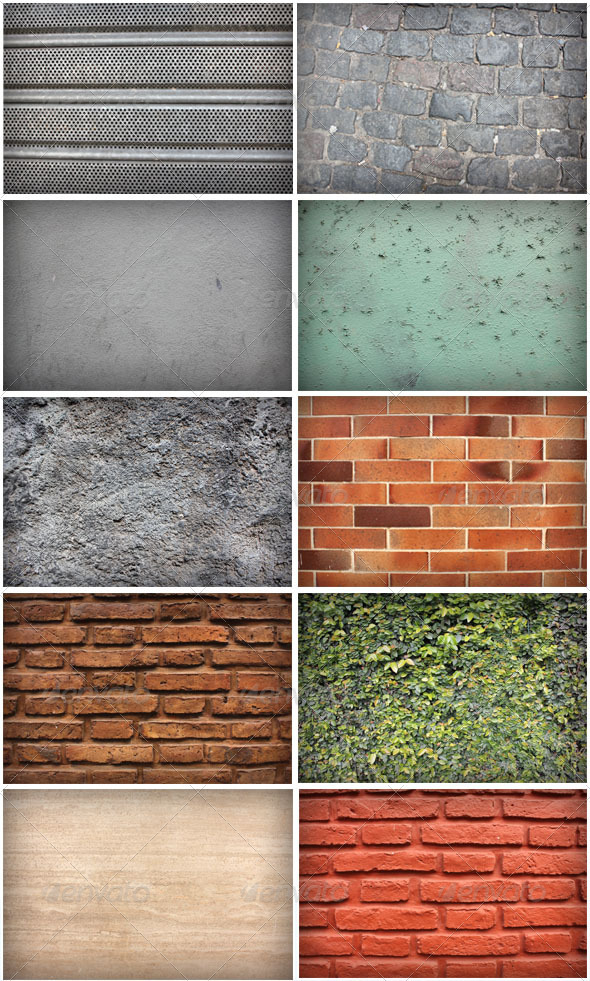
Hope that dear reader you’re not bored yet. It took me wayyyy longer to notice this relation. (Did I mention my lack of art lessons my whole life?)
You’re still here? I’m so grateful. 🙂
My process is simple. Figure out the texture that best describes the emotion and find out ways to create that visual image.
Point is: I want to use techniques which can best relate to the emotions that I want to create.
Okay. Now that we’ve got that established we shall look at the artists that inspired my 18 lines:
Ward Jackson
Ward Jackson is an abstract painter and is one of important developers in minimalism.
The works I want to focus on were made by him in the early 60s, where he creates a series of square or diamond shaped canvases with hard edged geometric compositions.
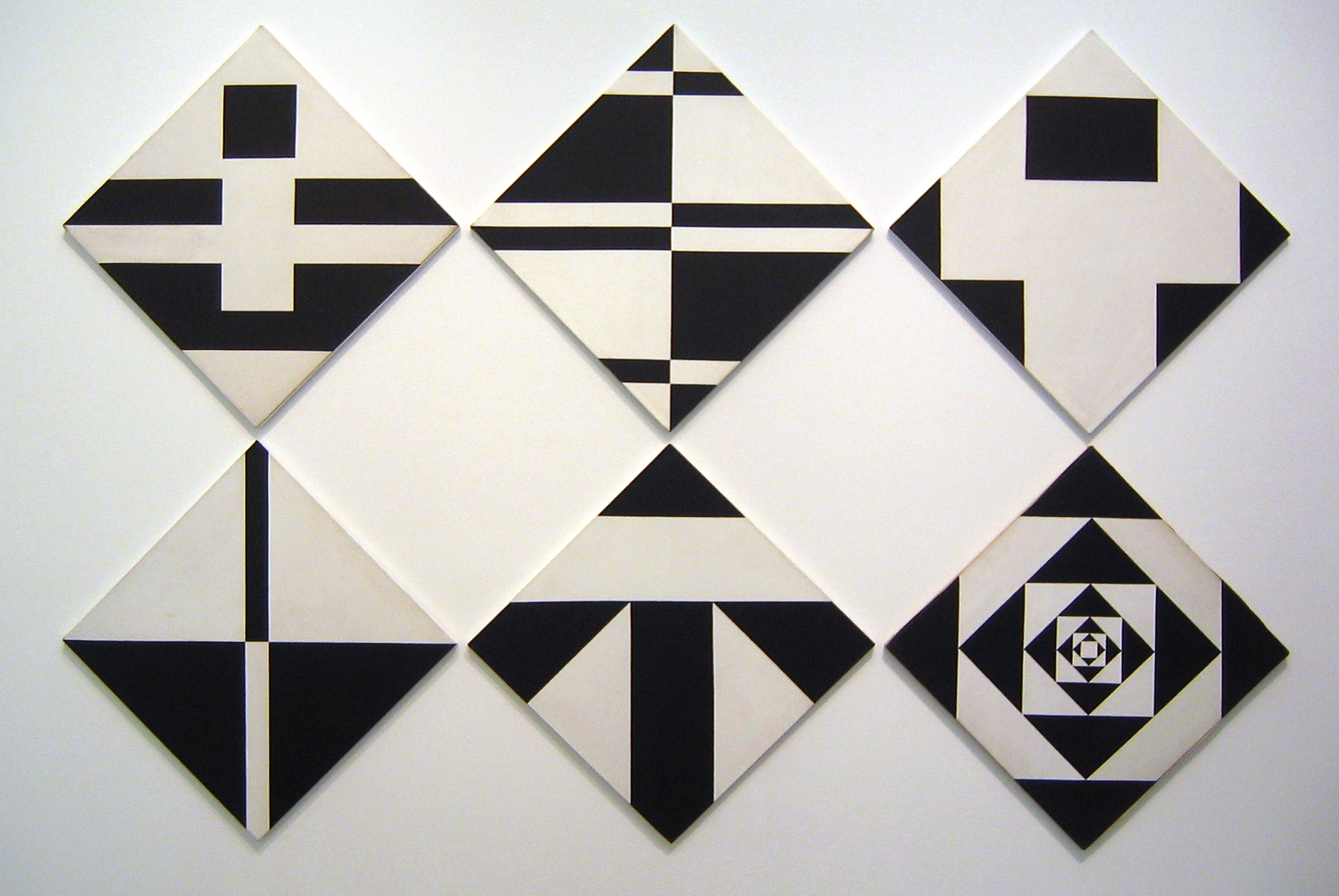
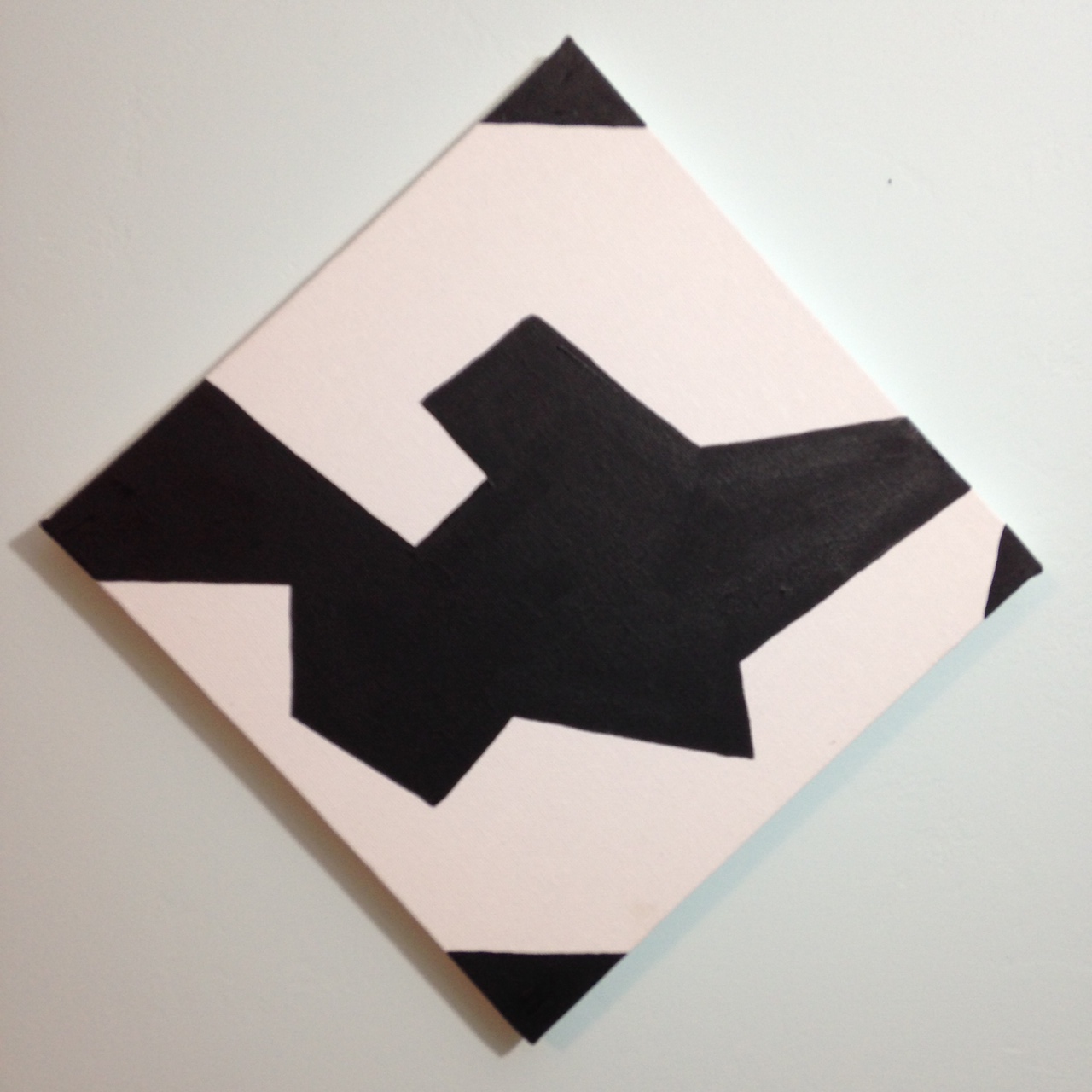

The hard geometric shapes appears to be interact with one another in each geometric shape, giving them somewhat a ‘character’. The interaction of the shapes provides action and events, causing the works to appear to be telling a story, thus conveying a particular emotion.
By organizing the shapes around, it will be an interesting way to tell stories in the most abstract way possible.
Possible emotions to be used: Awkward, Indecisive, Embarassed, Anxious
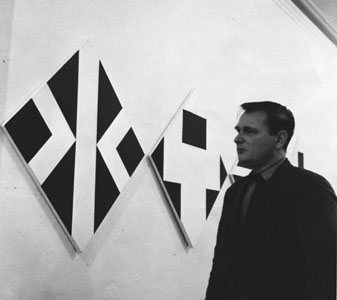
Why he squinting at his work?
Resources on Ward Jackson:
http://www.metaphorcontemporaryart.com/AP_WarJac.html
https://www.artsy.net/artist/ward-jackson
Cy Twombly
Honestly the hardest artist to research on. He was the artist allocated to me to research on during the first class.
By combining abstract art and Greek Mythologies, he creates controversial works of arts that appears to be doodles or scribbles.
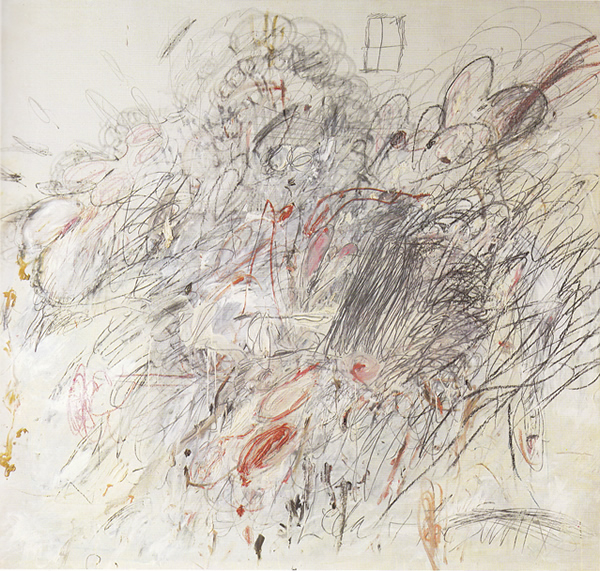
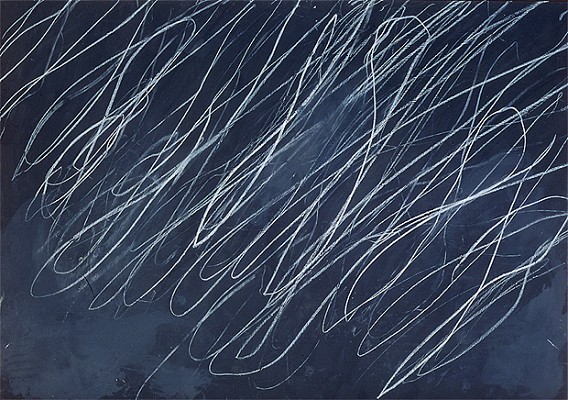
He creates his works by sketching unidentifiable doodles splotches or words directly onto the canvas.
His works are often criticized to be childlike messy and that it can be done by everyone.
As someone unfamiliar with the art scene, I can totally relate. But hey, its a controversial topic after all. Let everyone say what they want.
I love the scribbles though. There is so much energy coming from them.
Possible emotions to be used: Nonsensical, Turbulent, Psychotic, Spontaneous

Not sure sitting beside doodle or work of art
Resources on Cy Twombly:
http://www.theartstory.org/artist-twombly-cy.htm
https://en.wikipedia.org/wiki/Cy_Twombly
Max Ernst
For this artist, the biggest focus is in his technique of Grattage.
He places objects with rough surfaces under a piece of paper and rubs his tool over the paper to produce a texture on the paper. He utilizes different objects to build his paintings, combining different textures to produce different shapes.
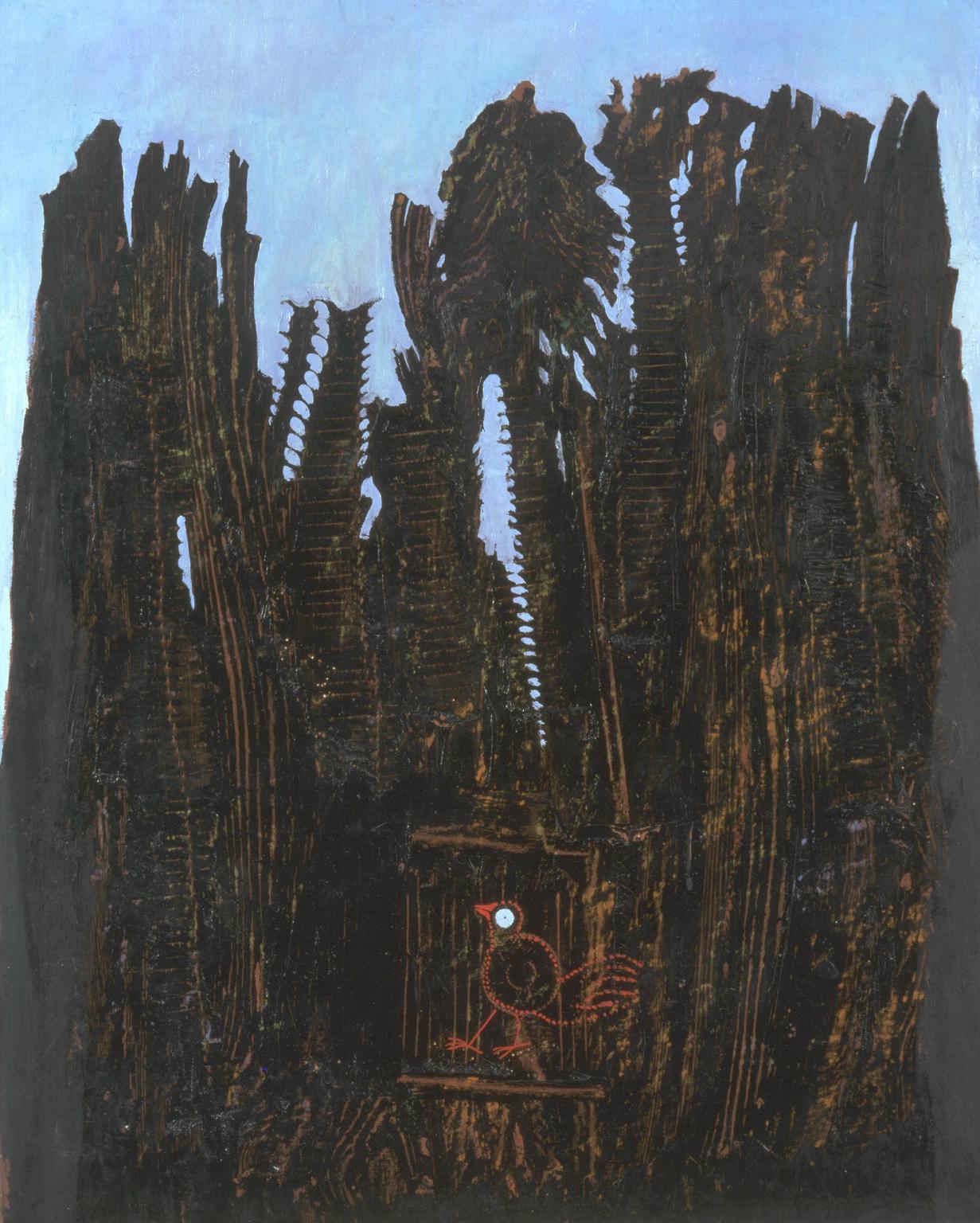
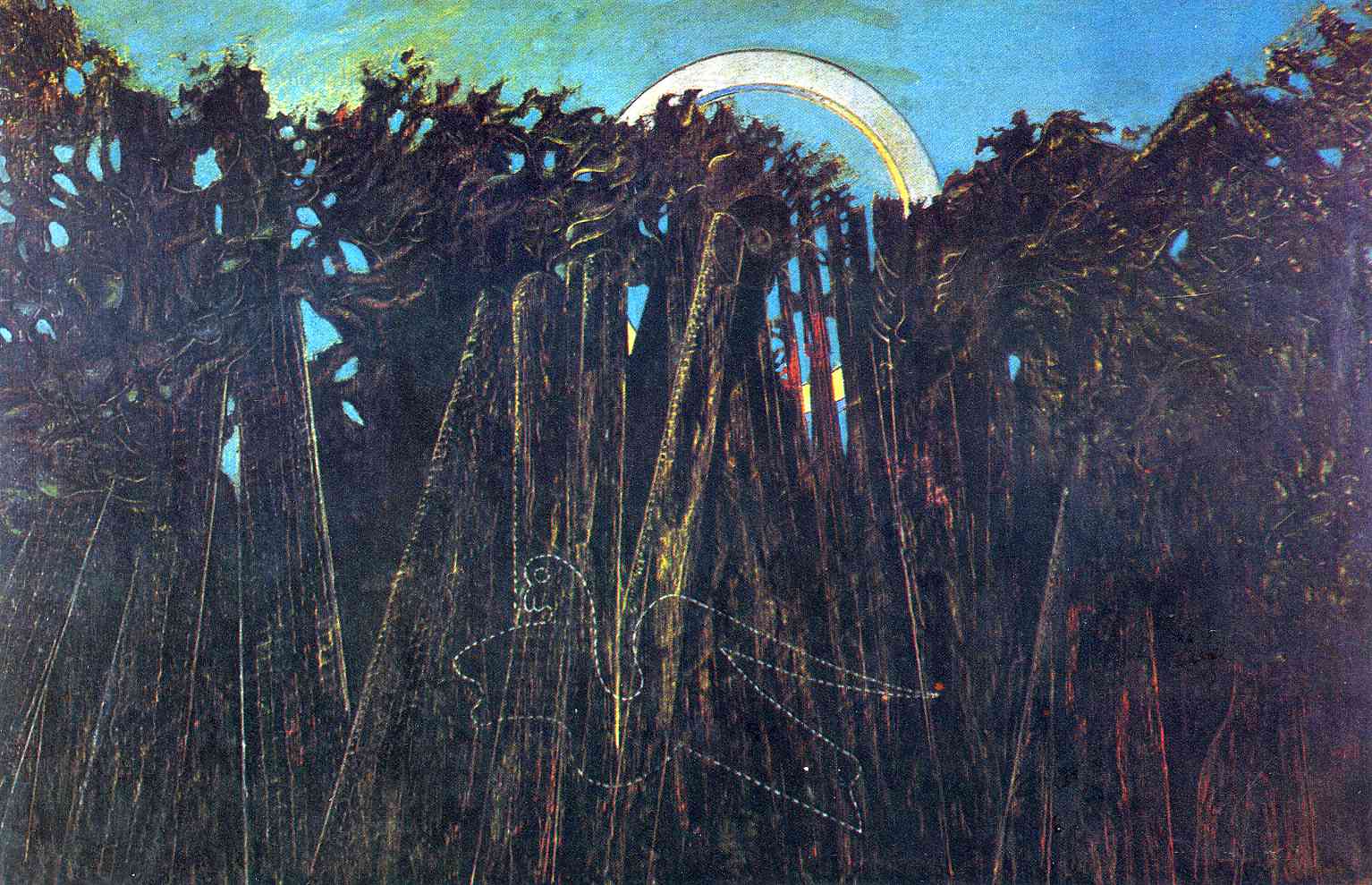
In this work Forest and the Dove, it is said that he drew the trees using fishbones.
This work is used to illustrate his traumatic childhood encounter with a dark forest.
The sharp edges produced by the fishbones allows the art to appear more convincing and somewhat menacing.
Possible emotions to be used: anxious, distracted, bizzare
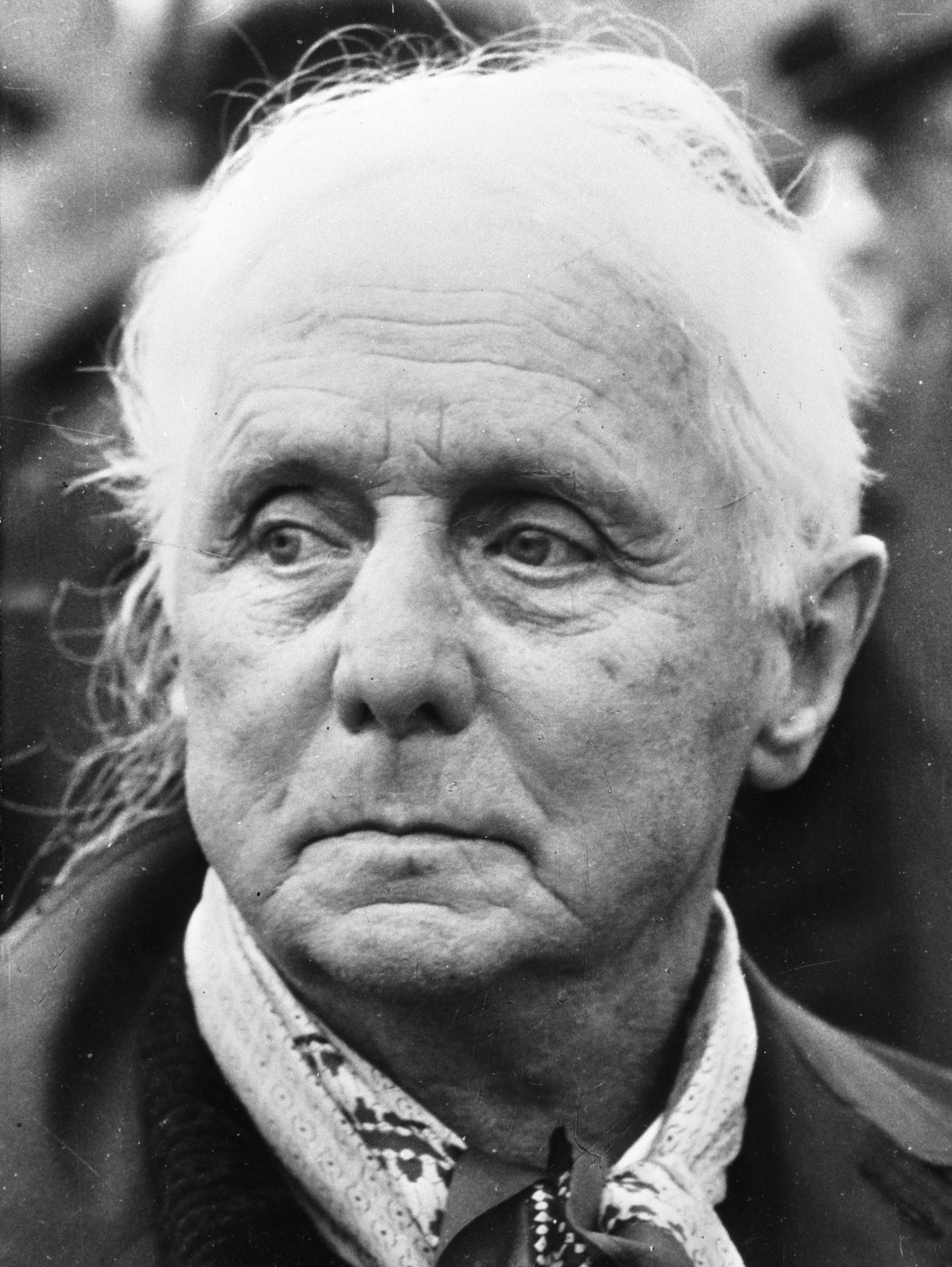
He looks like he’s still in trauma.
Resources on Max Ernst:
http://www.theartstory.org/artist-ernst-max.htm
https://en.wikipedia.org/wiki/Max_Ernst
Ed Moses
One of the pioneer abstract artists. Probably one of the most used artist in the class.
One of the main reasons is his lack of a fixed style and constant exploration of ways to paint.
One of his series that spoke to me most is that of his crackle paintings.
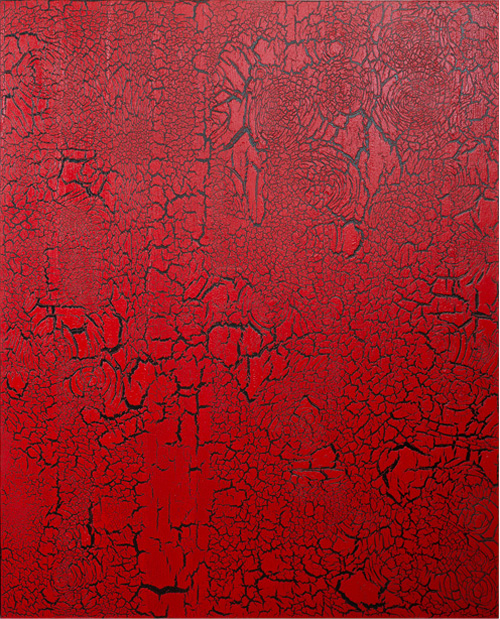
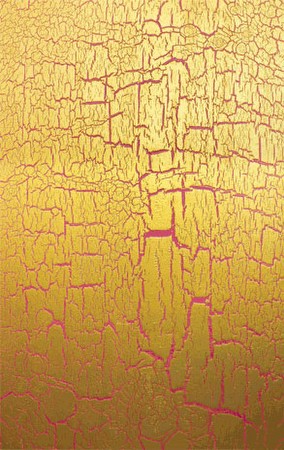
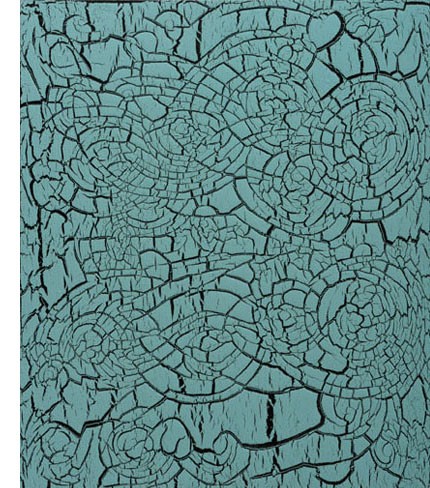
When doing work on his Van Doesburg paintings, he was noticed Van Doesburg’s works crackle due to age, thus inspiring to find a way to produce the crackling effect on his paintings. By using a coloured base, paint and his ‘secret sauce’, he creates crackles on his paints.
The crackle produces and very worn out and broken feeling. The lines feels like they were caused by wear and tear, thus evoking a sense of wear and tear and destruction.
Possible emotions to be used: Exhausted, Aggressive, Fragile
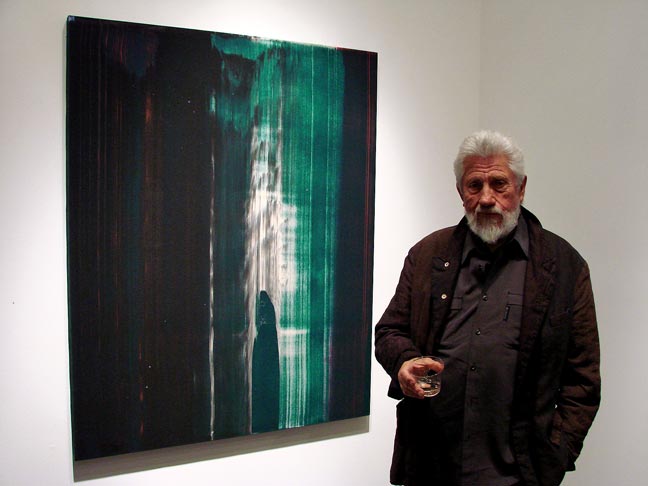
Chilling with the cup.
Resources on Ed Moses:
http://articles.latimes.com/2012/mar/11/entertainment/la-ca-conversation-20120311
https://en.wikipedia.org/wiki/Ed_Moses_(artist)
http://www.blouinartinfo.com/news/story/821974/i-just-wait-until-it-goes-pow-abstract-painter-ed-moses-on-his
Jizemon Hiroba
One of the first known people to utilize the japanese marbling technique called ‘suminagashi’.
I’ve come to know of the technique before searchinng for the artist. This particular section focuses more on the ancient technique and processes.
By dipping oil-based paint onto the surface of the water, ‘wavy’ images starts to surface. The waves provides a feeling of flow and uncertainty. It appears to be both turbulent and sensual.
It is usually used as ‘decorative papers’ where art is further added on to the paper.
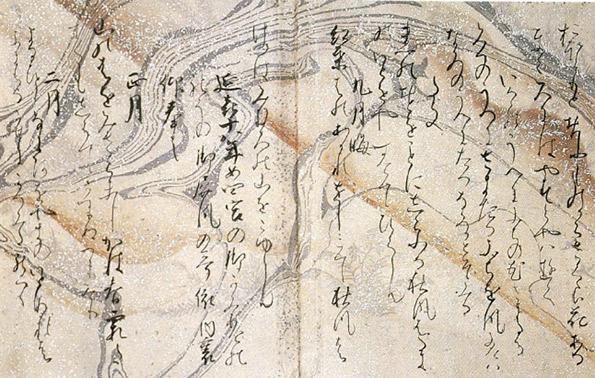
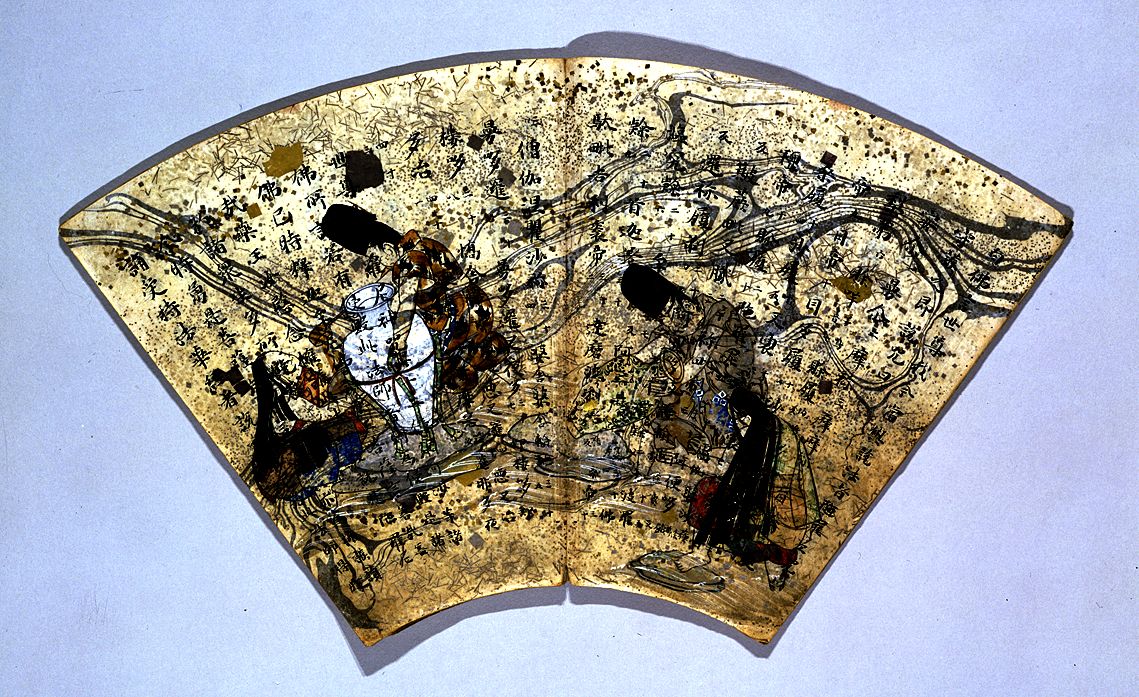
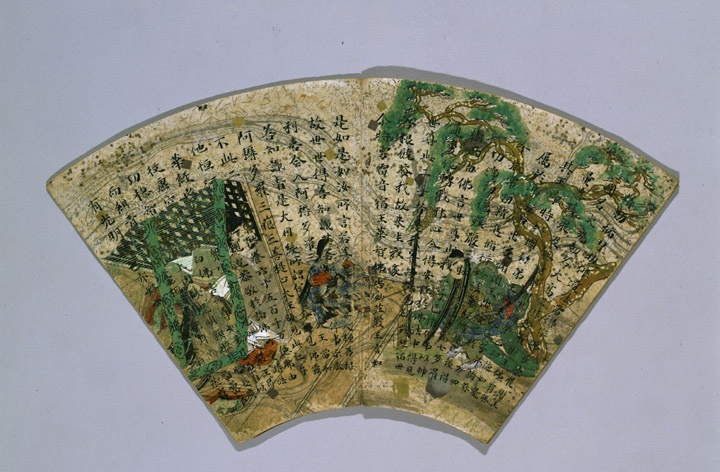
Possible emotions to be used: Turbulent, Sensual
Resources to Suminagashi:
https://en.wikipedia.org/wiki/Paper_marbling
http://artbyoju.com/sumi.html
Victor Vasarely
Also known as the ‘father of op-art’, Victor Vasarely combines both science and art to produce what is known today as op-art, which is more commonly known as optical illusions.
The series that I want to zoom in on is ‘Victor Vasarely in Black and White’.
He worked with geometric shapes and began to paint predominantly in black and white.
His most prominent work is ‘Vega (1957)’

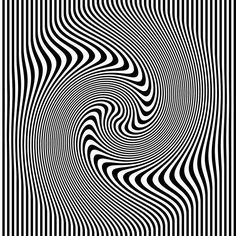
The distortion in the painting forces us to move towards and away from the painting, which then the painting appears to move – expanding contracting and undulating.
The paper then appears to be folding and twisting, providing a bizzare experience to the viewer.
Optical illusion is always interesting and beautiful to look at. Most importantly, it distracts the viewer, making them go ‘what?’.
Sometimes they appear to ‘pop up’, providing a sensual texture to the work.
Possible emotions to be used: Bizzare, Distracted, Sensual, Nonsensical
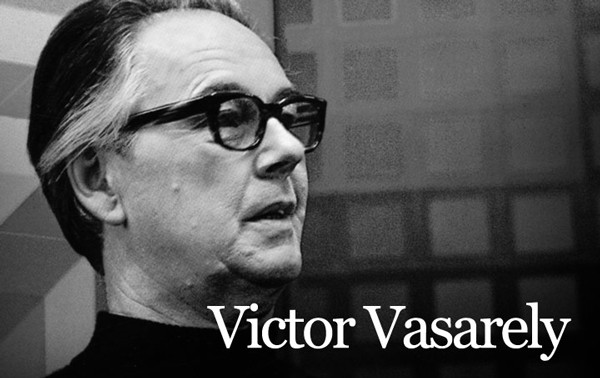
What a pleasant looking gentleman. 🙂
Resources on Victor Vasarely:
http://www.vasarely.com/site/site.htm
http://www.op-art.co.uk/victor-vasarely/
http://www.masterworksfineart.com/inventory/vasarely/vasarely.php
https://en.wikipedia.org/wiki/Victor_Vasarely
Emma Kunz
“Healing is a pervasive force”
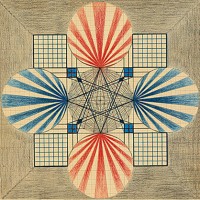
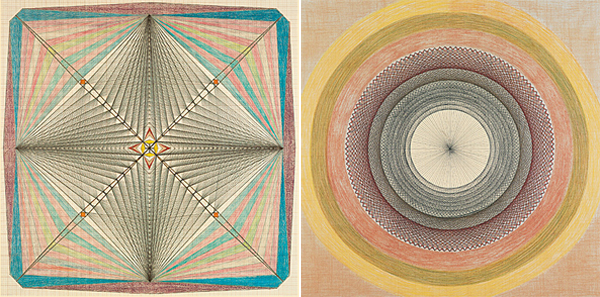
Emma Kunz is not a visual artist but rather a healer in profession.
Her works were placed beside her patients as a form of therapeutic process.
Art as a form of healing process. Its something I’ve always enjoyed. Creating works that makes others feel better at the end of the day.
She uses graph papers, graphite, colour pencils and wax crayons for her works.
Doing her works on 1 meter square graph papers, her drawings mainly consists of straight lines creating intricate patterns.
Many of her works are symmetrical and often her skillful manipulation of the lines gives a sense of depth and texture.
The lines makes her works feel neat and tidy.
I’ve always wanted to draw geometric patterns, but could never get them right.
Possible emotions to be used: Systematic, Lyrical, Sensual
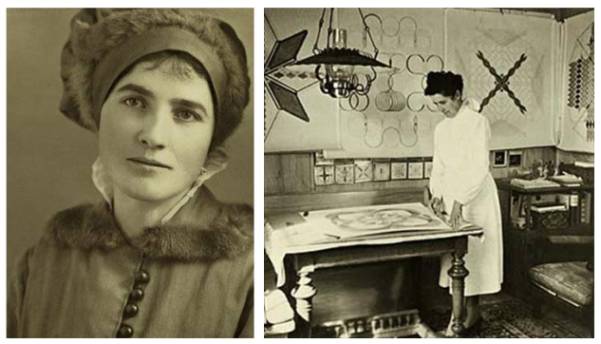
Emma Kunz and her hard at work!
Resources on Emma Kunz:
http://goldenhaze.blogspot.sg/2012/01/emma-kunz-healing-visions-sacred.html
http://www.theoaktreereview.com/emma_kunz.html
https://en.wikipedia.org/wiki/Emma_Kunz
Cai Guo Qiang
Crazy person that blows things up. How great is that.
While living in Japan from 1986 to 1995, he researched the properties of explosives in his paintings, which eventually led to him even doing performance arts involving explosives.
He completes his works by arranging gunpowder on his special canvas and lighting up the gunpowder.
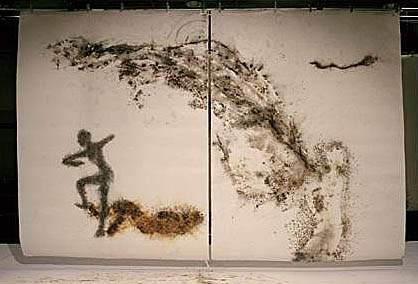
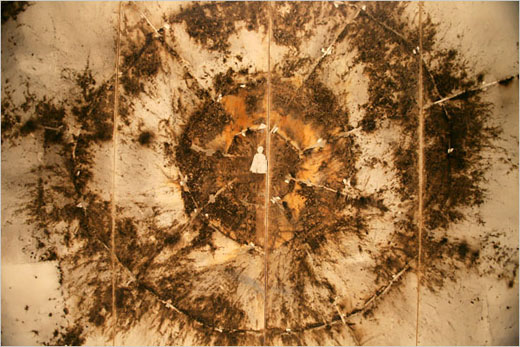
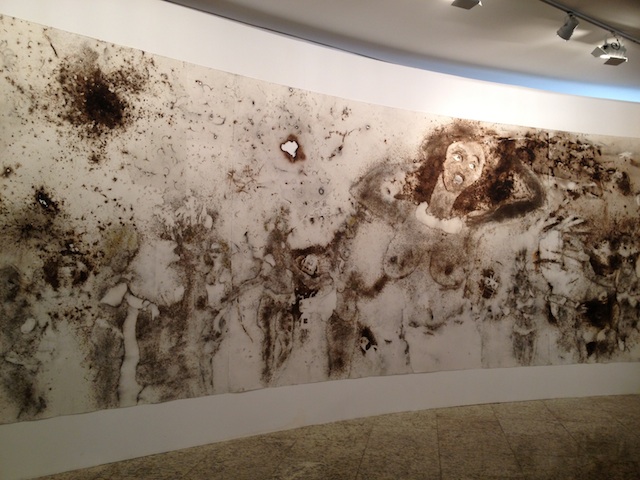
By utilizing pyrotechnics into his art, it produces a more dynamic picture and provides a very appealing smokey feeling to the art work. The burnt marks surrounding the holes on the paper also produces a sense of power due to the stark contrast between the dark burnt colours and the white background.
Personally, I feel that the color left behind after the burning also gives a sort of sensual effect. Perfect for a base for the lines.
Possible emotions to be used: Sensual, Spontatneous, Aggressive, Lyrical
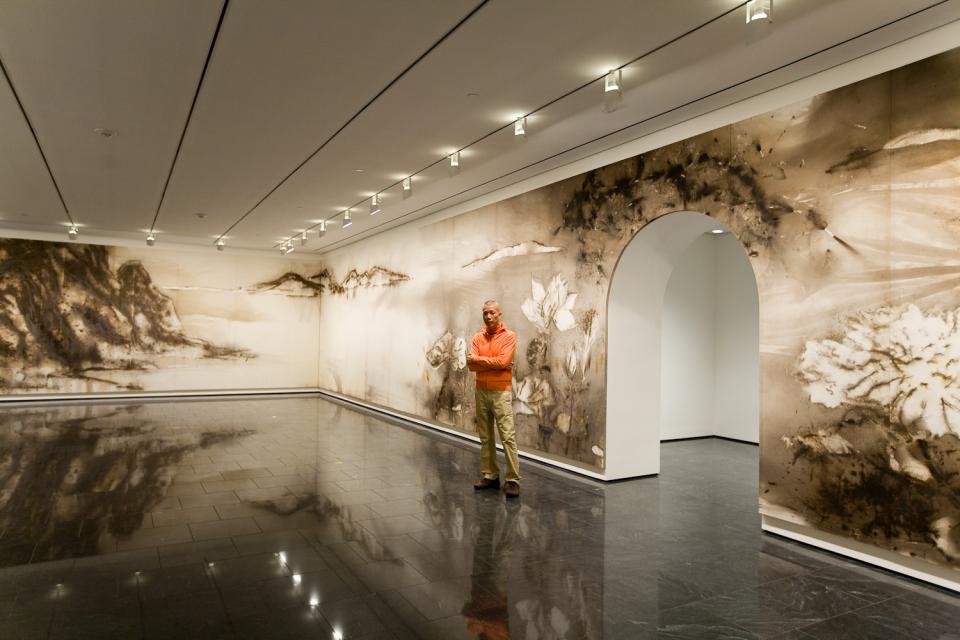
Him looking super cool in front of all his works.
Resources on Cai Guo Qiang:
http://www.caiguoqiang.com/artists-bio
https://en.wikipedia.org/wiki/Cai_Guo-Qiang
Judith Braun
Judith Braun is a diversified modern artist that transits from realistic figure drawings to producing abstract works with sexual innuendos to works that involves symmetries and finger art.
I plan to focus on her series of finger art works which depicts beautiful patterns and landscapes.
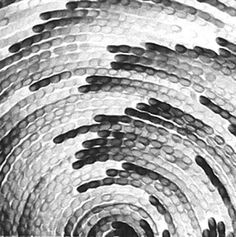
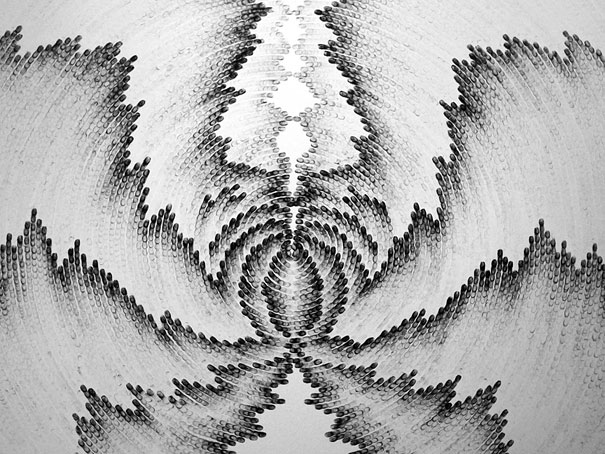
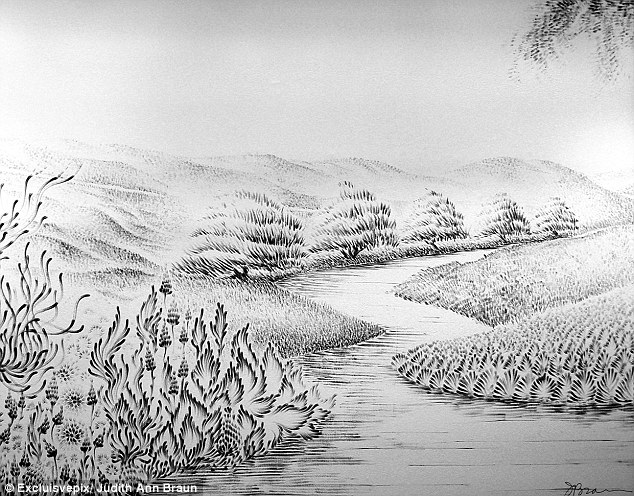
By using charcoal dust, she uses her fingers to produce all the different marks on the walls of art galleries, varying the tones of the mark to produce all beautiful patterns and landscapes.
It is interesting to see how a simple thing such as finger art can evolve into such nice and intricate art. The control available from this techniques allows the artist to produce beautiful and somewhat sensual gradients to the art that was being created.
Possible emotions to be used: Sensual, Systematic, Exhausted, Anxious.
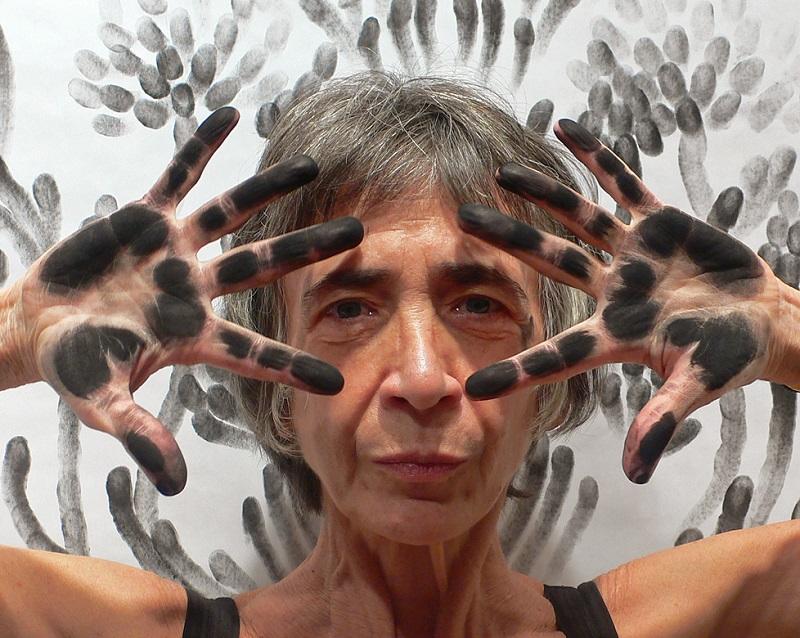
Fabulous pose for fabulous artist
Resources on Judith Braun:
http://judithannbraun.com/
http://www.boredpanda.com/finger-paintings-judith-braun/
http://all-that-is-interesting.com/judith-ann-braun
Debbie Smyth
Debbie Smyth is a textile artist famous for her thread drawings.
She sketches and plots the drawings on the walls to give a ‘rough sketch’ to the final product, following which she uses threads and pins to exaggerate the lines.
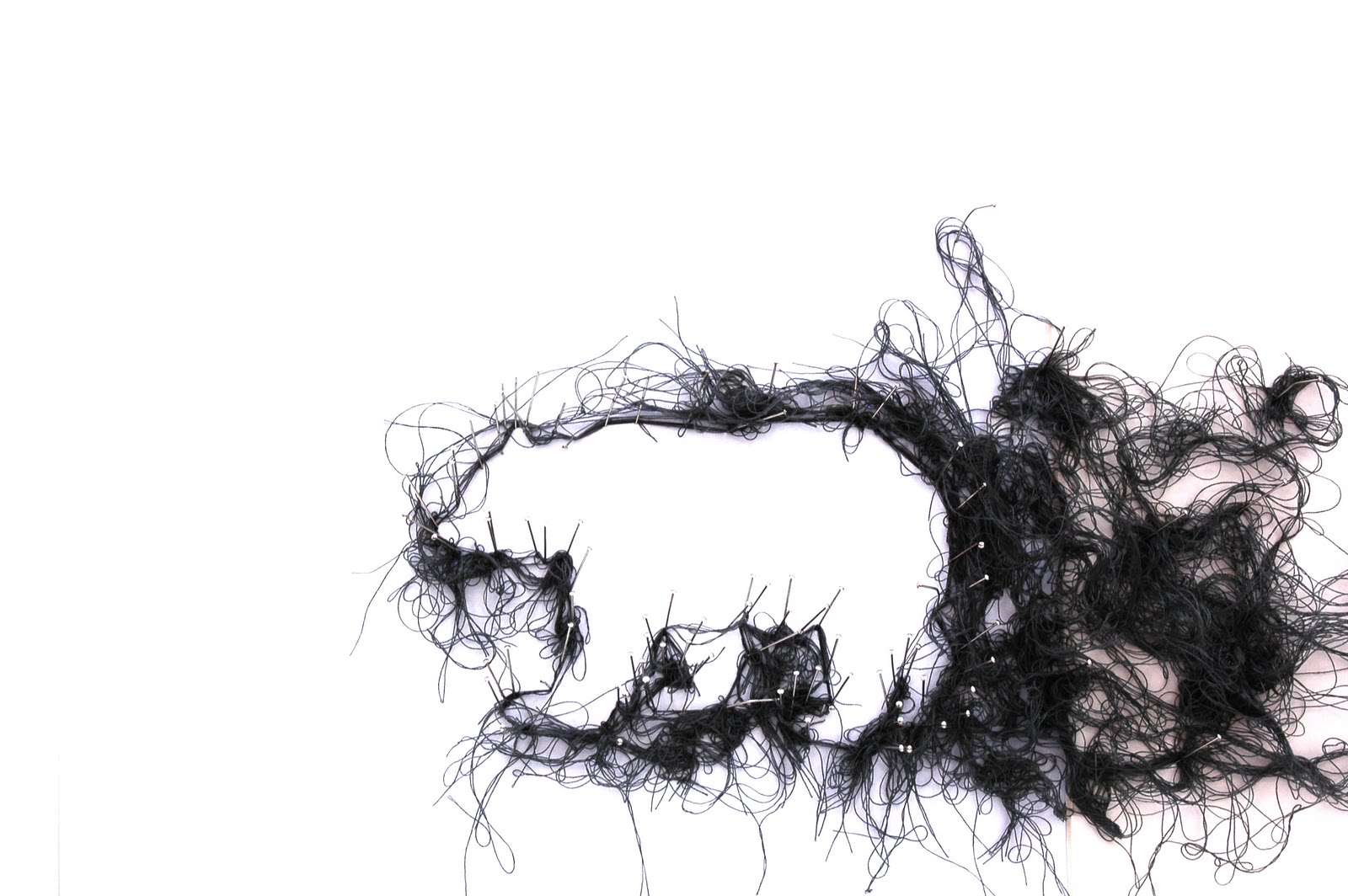

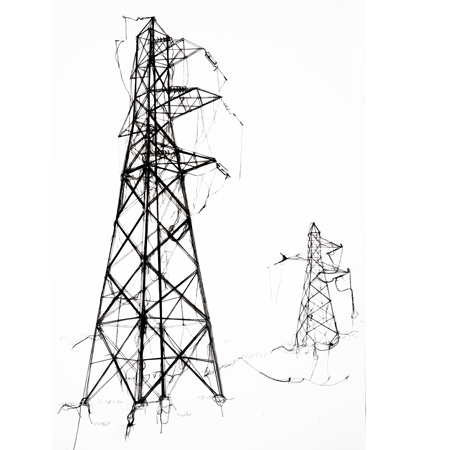
The soft and flexible threads allows her to produce all kinds of line work for her installations. By skillfully manipulating the threads, it is able to produce powerful images.
However, the installations always feel fragile to me due to the soft and bare threads that are sticking out of the depicted object.
Makes me want to be careful when viewing the work.
Possible emotions to be used: fragile, sensual, sloven
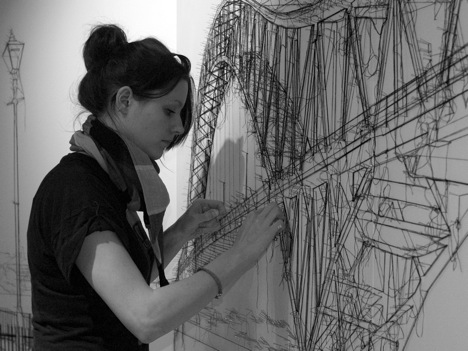
Beautiful art by beautiful artist. <3
Resources on Debbie Smyth:
http://debbie-smyth.com/about/
http://www.textileartist.org/debbie-smyth-inspired-memories-3/
Pinterest
Not really an Artist but the most important source of inspiration for me.
Did not know about this channel to search for artworks and when I did, oh boy was it useful.
Had 184 pins that contributed to the final work. Really could not have done it without this wonderful application.
Some of the images that sparked some inspiration for this project:
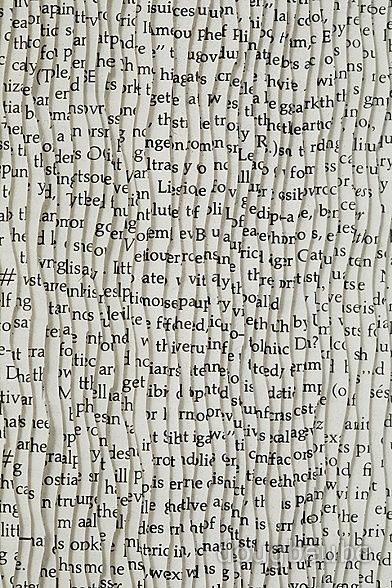
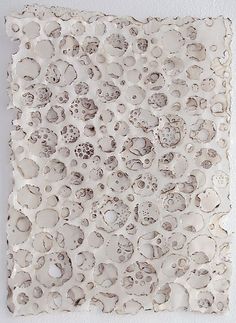
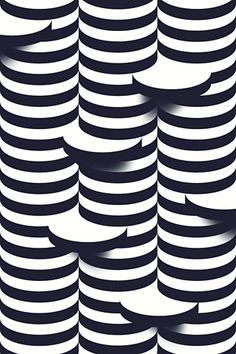
Pinterest, oh pinterest, what am I to do without you.
Wow! You’ve managed to reach so far into the post? Thanks for sticking around!
Generally, these are the artists that provided me a direction into conveying the different emotions in the most accurate aspect that I can. Application of the techniques will be further elaborated on the other parts.
Took me so long to complete this post. T.T Hoped its worth something. Technology really is a pain and distracting.
On to part 2 then….
… after this funny cat video on Youtube.
Many thanks for sticking around! See you in part 2! 🙂
KJ



















